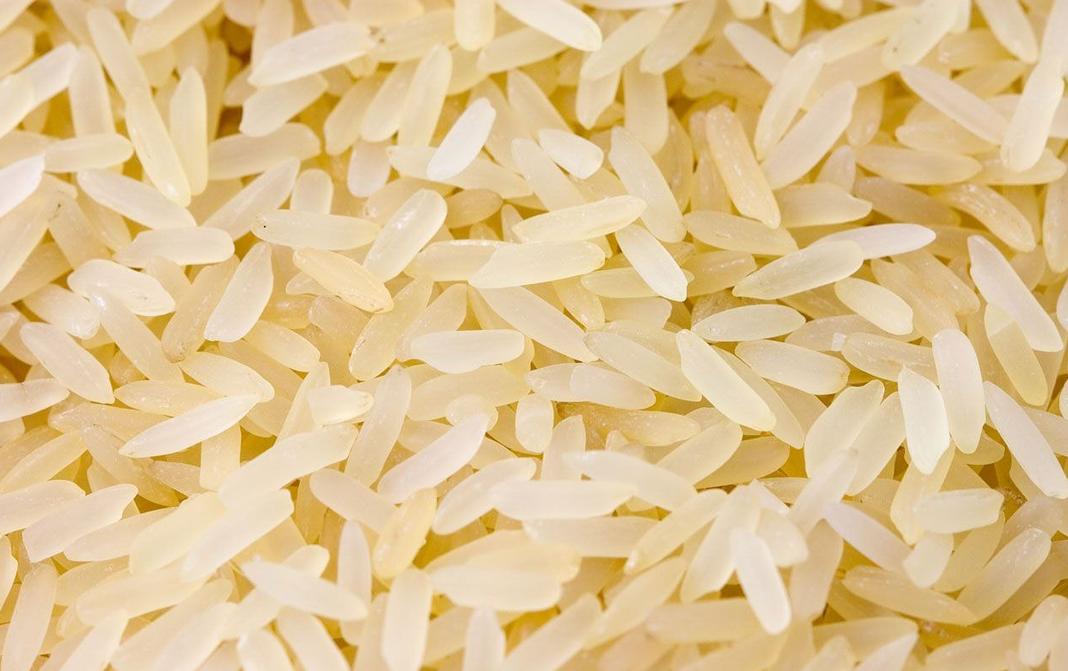


Choose rice that are minimally processed.
Consumption of rice is likely safe. However, eating white rice in excess on a daily basis can boost high risk for developing type 2 diabetes and obesity. Hence a balanced diet should be maintained. (1)
(1) https://www.lybrate.com/topic/benefits-of-rice-and-its-side-effects
- Disclaimer
"Information here is provided for discussion and educational purposes only. It is not intended as medical advice or product or ingredient review/rating. The information may not apply to you and before you use or take any action, you should contact the manufacturer, seller, medical, dietary, fitness or other professional. If you utilize any information provided here, you do so at your own risk and you waive any right against Culinary Communications Private Limited, its affiliates, officers, directors, employees or representatives.”
Description
Rice is an edible starchy cereal grain that is considered a staple food. It is the seed of the grass species Oryza sativa widely cultivated in warm climates. White rice is the most common type, though brown rice offers more health benefits. Brown rice comes in a variety of shades, including reddish, purplish, or black. There are thousands of types of rice, which can differ in size, thickness, stickiness, color, aroma, and flavor. Rice is often broadly categorized based on its shape or method of processing as: Long, short, or medium grain and Whole or refined grain.
Is it healthy?
Aside from providing energy and basic nutrients, refined white rice does not offer any health benefits. Enriched white rice does contain added B vitamins that are important for health. White rice is a poor source of antioxidants and other plant compounds. Pigmented rice, including red-grained varieties such as purple rice, is particularly rich in antioxidants.